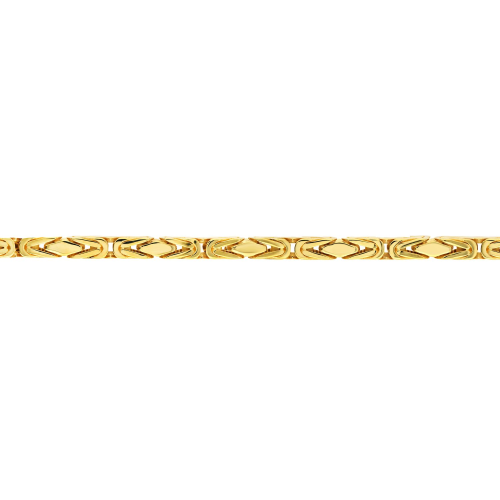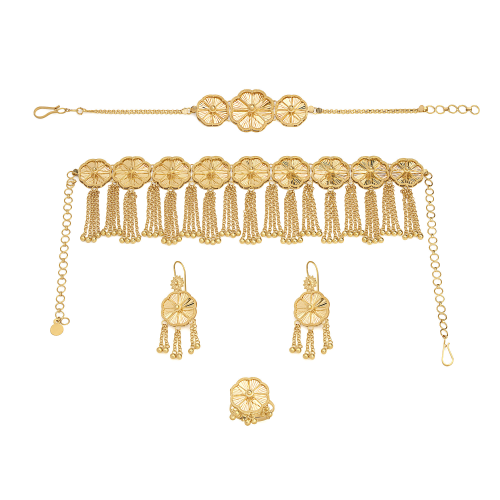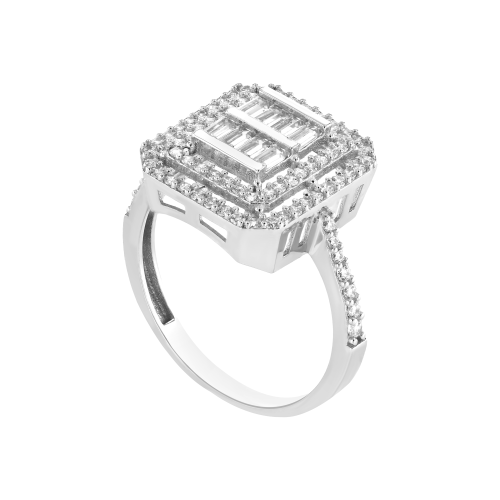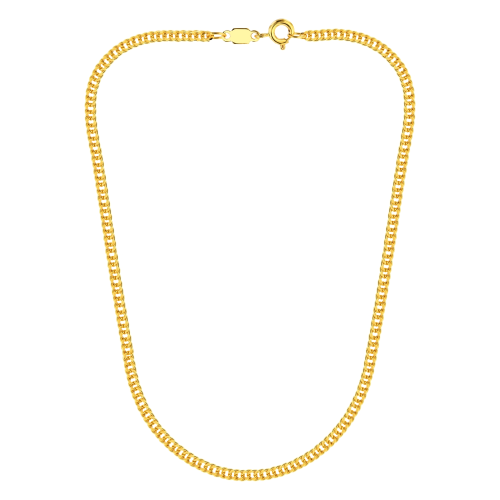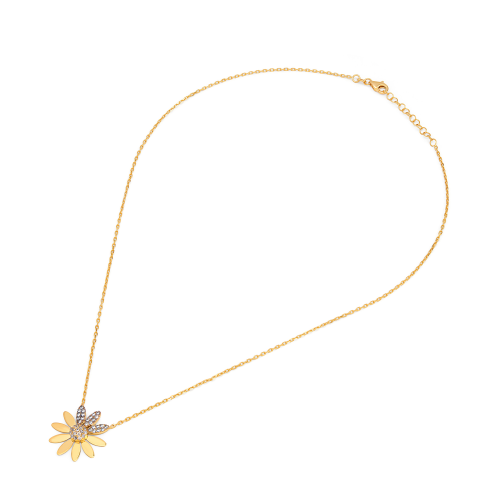Useful Things To Know On How Gold is Made

The bright metallic hue of gold makes it a chemical element that is easily recognized. It is valuable due to its scarcity, anti-corrosion qualities, electrical conductivity, malleability, ductility, and aesthetic appeal. When we talk about where gold originates from, the majority of people think that you can either mine it, search for flakes in streams, or extract it from seawater. However, the element's true origin goes back before the earth's formation. If you want to learn more about how gold is made, just continue reading.
How is Gold Formed?
According to scientists, supernovae and neutron star collisions that took place before the formation of the solar system are where all the gold on earth originated, and the r-process resulted in gold formation. Gold gradually sank to the earth's core when the planet formed. Only today's accessibility is a result of asteroid bombardment. The nuclear reactions of fusion, fission, and radioactive decay might theoretically result in the formation of gold. Furthermore, scientists can transform gold most easily by blasting the heavier element mercury, which then produces gold through decay. In addition, neither chemistry nor alchemy can make gold. An atom's proton count cannot be altered by chemical processes.
Where is Gold Found?
The remains of dead stars were the source of all the gold discovered on Earth. Heavy metals like iron and gold fell toward the planet's core as the earth formed. The crust of the earth would not contain any gold if no other event had taken place. On the other hand, the earth was repeatedly hit by asteroids roughly 4 billion years ago. These collisions roiled the planet's deepest layers and pushed some gold into the mantle and crust.
Ores made of rock may contain some gold. It can appear in the form of flakes, as a pure native element, and combined with silver to form the natural alloy electrum. Gold is released from other minerals by erosion. Continuously, gold sinks and gathers in stream beds, alluvial deposits, and the ocean because it is a heavy metal. As a changing fault quickly decompresses water rich in minerals, earthquakes also play a significant effect. Quartz and gold veins form on the rock's surface as a result of the vaporization of the water.
Extraction and Refining of Gold
Although it can also be produced from silver, copper, lead, and zinc, gold is typically found in its pure form. Additionally, seawater can contain gold, although not in significant amounts. Up to 1/40 of a grain of gold might be recovered successfully for every ton of water. The two main types of deposits where gold is typically discovered are lode deposits and placer deposits. The method of mining employed to remove the gold depends on the type of deposit. When the gold has been extracted, it is refined using one of four basic techniques: flotation, amalgamation, cyanidation, or carbon-in-pulp. Multiple processes may be applied to the same batch of gold ore because they all rely on the initial grinding of the ore.
- Mining
When gold is found in lode or vein deposits, it is typically combined with another mineral, most frequently quartz, in a vein that has filled a fissure in the surrounding rocks. Lode deposits are mined for gold by blasting, shovelling, or drilling the surrounding rock.
Lode deposits frequently extend far below ground. Miners create shafts in the ground along the vein to mine underground. After that, they separate the gold ore from the surrounding rock using picks and mini-explosives. The gold ore is then collected and taken to a refinery for processing.
- Grinding
As the first step in processing, the gold ore is typically washed and filtered at the mine after it has been extracted. After being transported, it is combined with water and processed into smaller pieces in mills. A ball mill, a spinning cylindrical vessel where the ore is further crushed, employs steel balls to break up the mixture.
- Separating The Gold From Ore
In this step, using one of several techniques, the gold is separated from the ore. Through the process of flotation, gold is separated from its ore using specific chemicals and air. The finely ground ore is poured into a mixture of organic chemicals, a frothing agent to make the water foam, and a collecting agent to bond with the gold and create an oily film that adheres to air bubbles and the collecting agent. The gold then binds to the air bubbles once the solution is aerated.
Eventually, the gold is scraped off as the bubbles rise to the top. Using chemicals to separate the gold from its impurities is another step in the cyanidation process. In this procedure, the ground ore is put into a tank with a dilute cyanide solution. After that, zinc is added to the tank, starting a chemical reaction that separates the gold from its ore as a result of precipitation. The cyanide solution is then separated from the gold precipitate in a filter press.
Additionally, Amalgamation, which employs the same procedure but different chemicals, is a similar technique. The pulverized ore is first passed across mercury-coated plates by means of a solution. Because of the mercury's attraction to the gold, an amalgam is created. The mercury then boils off as a gas as the amalgam is heated, leaving the gold behind. The mercury is gathered, recycled, and utilized once more throughout the process.

Our Promise
Fast shipping
Receive your jewelry in maximum 3 days.
Return guaranteed
Requesting a return is quick and easy.
Ethical Sourcing
Ethically Sourced Materials
Payments
Buy in the most convenient way for you.

